TCL 6-Series Roku TV (65R655)
TCL 6-Series Roku TV (65R655): Key Specs
Price: $999.99
Screen size: 65 inches
Model: 65R655
Resolution: 3,840×2,160
HDR: HDR10, HDR10+, HLG, Dolby Vision
Refresh Rate: 144 Hz
Ports: 4 HDMI, 1 USB
Audio: 2 (10+10)
Smart TV Software: Roku TV
Size (without stand): 32.8×56.9×2.7 inches (HWD)
Weight (without stand): 50.7 pounds
TCL has long been acclaimed for bringing a lot of performance to TVs that don’t cost a lot of money. That trend continues with its latest 6-Series Roku TV, the 65R655, which amps up key aspects of its performance—particularly brightness and gaming potential—while keeping the price at $999.99. Throw in the super-easy-to-use Roku TV interface and you have a set that more than delivers on its picture promise without busting your budget.
You will have to make a couple of sacrifices to take full advantage of the good deal the 65R655 offers, a set this simple won’t appeal to everyone, and there aren’t a ton of innovations when compared with earlier 6-Series sets. But in what it does offer over its predecessors and competitors, the 65R655 offers a compelling amount of TV while minimizing most of the compromises. If you’re looking for one of the best TVs you can find for less than $1,000, this one is an excellent place to start.
TCL 6-Series Roku TV (65R655) review: Pricing and availability
With a list price of $999.99, the 65R655 sits at the middle of the 6-Series’s price range. The full lineup of sets in the family comprises the following:
- TCL 6-Series Roku TV 55-inch (55R655): $699.99
- TCL 6-Series Roku TV 65-inch (65R655): $999.99
- TCL 6-Series Roku TV 75-inch (75R655): $1,499.99
- TCL 6-Series Roku TV 85-inch (85R655): $1,999.99
Our 65-inch review unit and the 55-inch model share the same hardware, so we expect performance between them to be comparable—the major difference between the two should be the screen size. The 75- and 85-inch models, however, support Variable Refresh Rate (VRR) only up to 120Hz, whereas the 55- and 65-inch TVs support it up to 144Hz. (See the Gaming section for more on this.) There are also some design differences with the 85-inch 6-Series, but otherwise expect the models to be mostly the same.
TCL 6-Series Roku TV (65R655) review: Design and ports
Though the 65R655 is not a bad-looking TV, it’s not exactly sleek. Measuring 2.7 inches at its thickest point, it will jut out noticeably from the wall if you choose to mount it using the 300x300mm VESA holes that are the black, ridged rear panel’s most prominent feature. The thinner part of the screen measures about 1.2 inches by itself, and the whole thing is framed by a brushed-metal strip surrounding the screen. The bezels it creates are themselves quite slim: less than one-eighth inch on the left, right, and top, and just under a half-inch on the bottom (to allow for the TCL and Roku TV logos). The IR receiver and the status light and front and center below that.
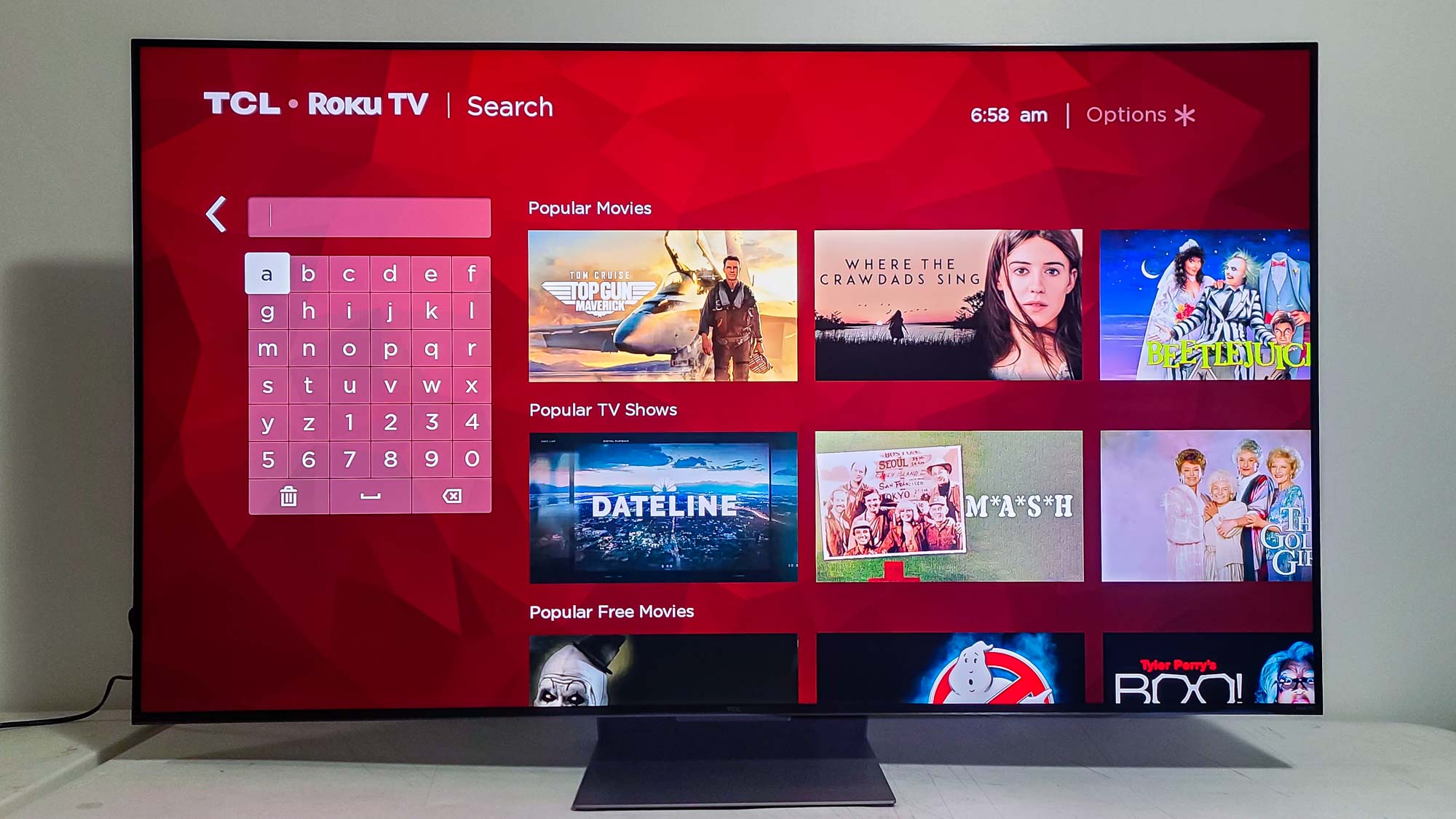
If you prefer to place your TV on a table or in an entertainment center, the stand included with the 55-, 65-, and 75-inch 6-Series TVs makes for an attractive option. A wedge in three pieces, with a built-in cable-management system that’s hidden by a snap-on cover, it’s easy to install (though it requires the use of 10 screws) and can be configured in two different height positions. The 85-inch TV uses TCL’s more traditional design of two separate feet; you can’t adjust the height of them, though you can adjust the width.
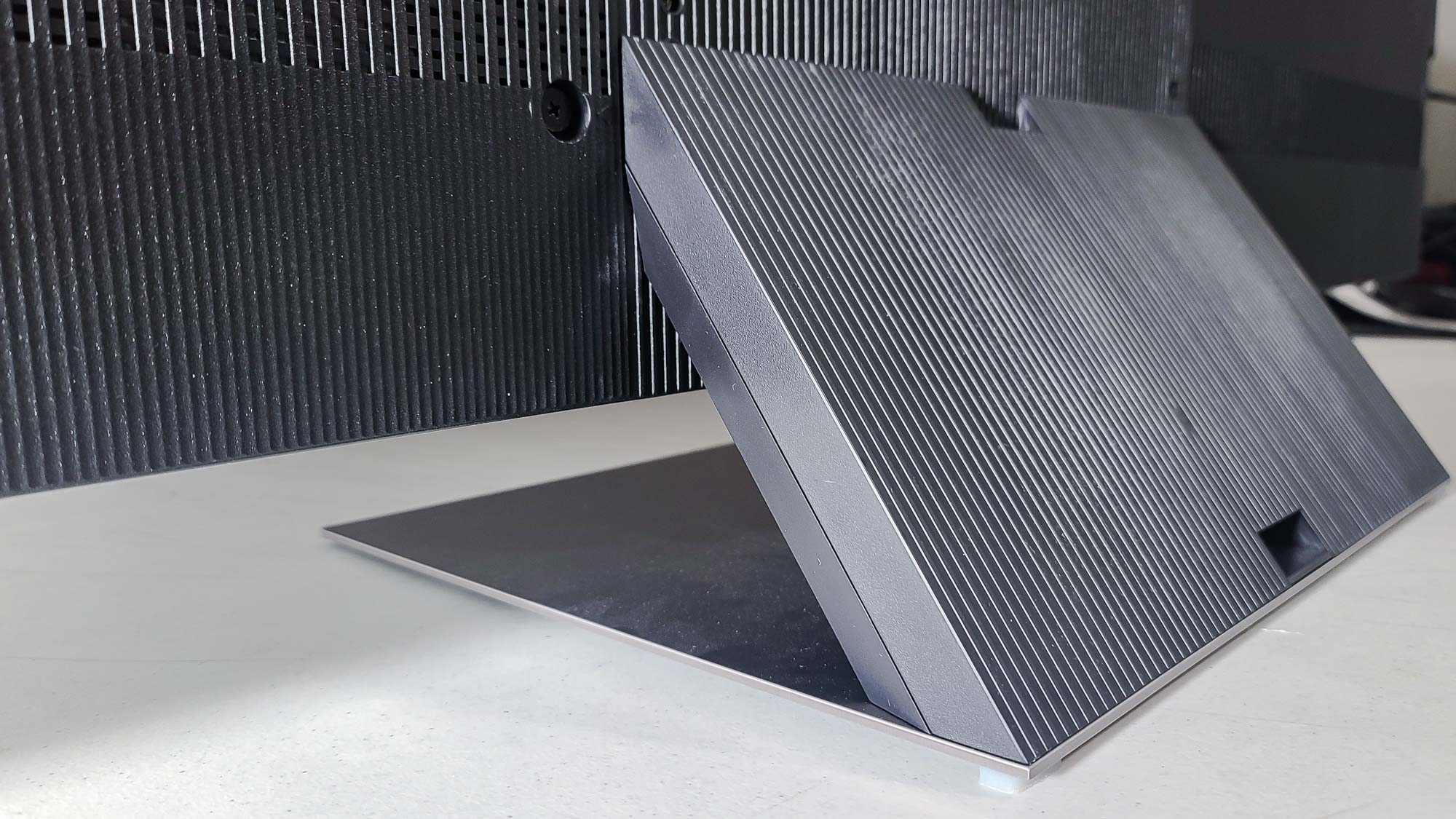
The power cable extends from the rear left of the TV and the ports all face out the TV’s right side. There’s a decent, if unexceptional, selection: Ethernet (though there is integrated 802.11ac Wi-Fi if you’d rather connect wirelessly), four HDMI, coaxial, USB, A/V input, headphone, and S/PDIF digital audio output.
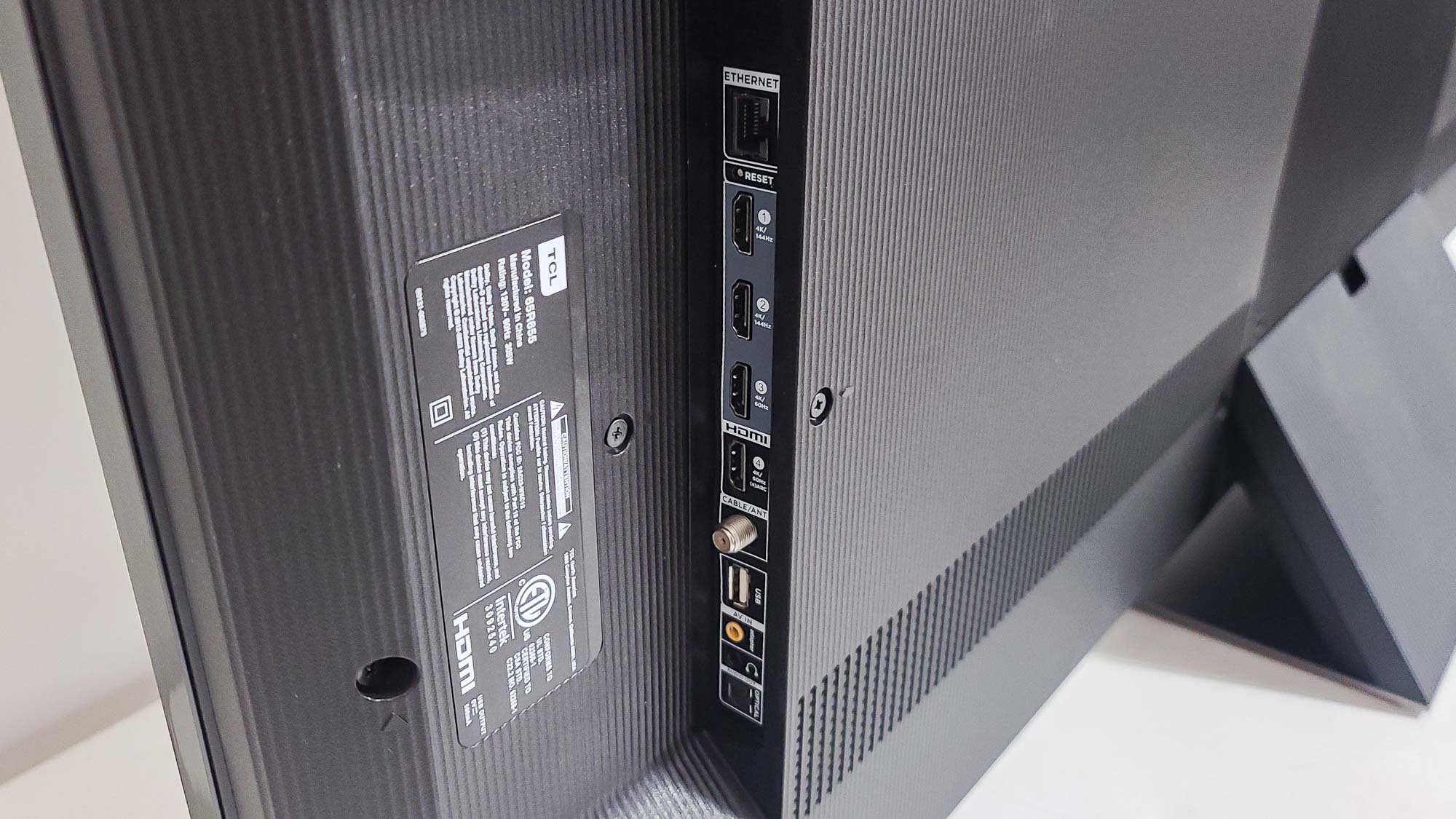
One of the HDMI ports supports eARC, but only two are HDMI 2.1 that support 4K at 144Hz for increased gaming potential; the other two max out at 60Hz. As it’s not uncommon these days to see exclusively HDMI 2.1 ports even on less expensive sets (such as the 50-inch Vizio M-Series Quantum X M50QXM), this is an unfortunate miss for an otherwise satisfactorily loaded TV.
TCL 6-Series Roku TV (65R655) review: Test results
TCL promises outstanding color and brightness from its new 6-Series TVs, thanks to the use of mini LED and QLED technologies and the presence of so-called “Contrast Control Zones” (aka dimming zones). (Each size TV has a different number of these, up to 448 in the 85-inch model; the 65R655 has 288.) To see how well these claims translated to reality, we tested the set with an X-Rite i1 Pro spectrophotometer, a SpectraCal VideoForge Pro pattern generator, and Portrait Displays’s Calman calibration software.
One of the most striking results was with the 65R655’s brightness. With SDR content, it measured 815.5 nits in Standard mode and 522.5 nits in Movie mode—oddly high, especially in this price tier. In the equivalent modes on the Vizio M50QXM, for example, we only saw 499.2 and 121.4 nits, respectively; the more powerful (and comparably priced) 65-inch model of that same Vizio line came in at 742.6 and 115.7. This also represents a notable leap from the previous version of this TV we tested, the 55-inch TCL 55R635, which we measured at 641.7 and 507 nits in the same modes. This accomplishment continued with HDR content, with Standard mode’s 1,389 nits and Dark HDR mode’s 1,180.1 nits, making the 65R655 one of the brightest TVs we’ve seen this year.
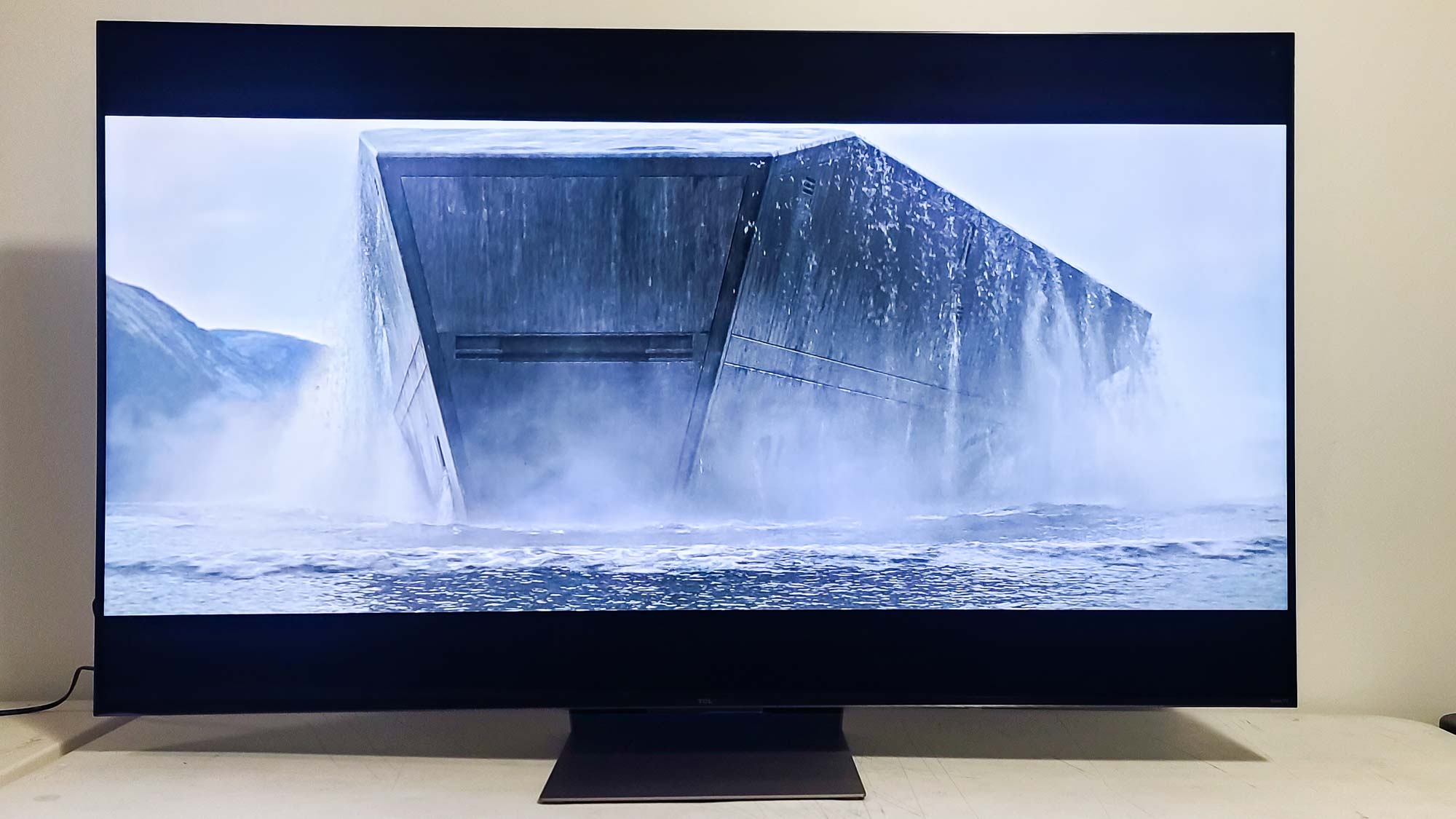
Its color performance was a bit less lofty, but still good; the TV covered 99.9025% of the Rec. 709 gamut in Standard mode (terrific) and 96.5901% in Movie mode (objectively not bad, but on the lower end of recent sets—and even the TCL 55R635 managed slightly better here, with 98.4522%). The Delta-E, which measures the difference in color between the source and the screen, with lower numbers being better, in Standard mode was 8.8467, one of the stronger results we’ve seen; its 4.0367 in Movie mode is one of the weaker ones. (For comparison, the Vizio M50QXM’s numbers in similar modes were 9.9094 and 1.85, respectively.)
In our HDR color tests, the 65R655 tended toward the middle of the pack, with coverage of 75.05% of the BT.2020 gamut in Standard and 76.93% in Dark HDR, and 96.75% and 96.35% of the UHDA-P3 gamut in the same modes. Both the Vizio M50QXM and the TCL 55R635 tended slightly higher in these tests, though the 65R655’s results here are respectable nonetheless.
You’re much more likely to see truly spectacular performance across the board in higher-end (and thus more expensive) TVs, but the 65R655 impresses given its price.
TCL 6-Series Roku TV (65R655) review: Performance
With many sets, the picture mode you choose is essential to your watching experience, but that’s unusually true with the 65R655. There are five picture modes for SDR content and more for HDR (depending on the technology you’re using), but regardless of which dynamic range you’re playing in, the main mode you’ll need and want is Normal.
In it, colors pop attractively and balance well with blacks in nearly all situations. The crisp contrast between the azure skies and the parched landscapes that constitute so many of Top Gun: Maverick’s aerial chase and fight scenes came through beautifully, as did the tormented relationship between the dusty desert wastes and shadowy interiors throughout Denis Villeneuve’s Dune. In The Batman, where dark is more prominent still, the inky shades of the Caped Crusader’s costume were pointedly visible even against the disintegrating backdrop of Gotham City, while the rainy-fiery Penguin car chase maintained the maximum amount of what suffocating tension it has. On the opposite end of the spectrum, the brazen ’90s-hangover hues of the animated series Star Trek: Lower Decks crackle enough to almost—almost—make the series seem as funny as it thinks it is.
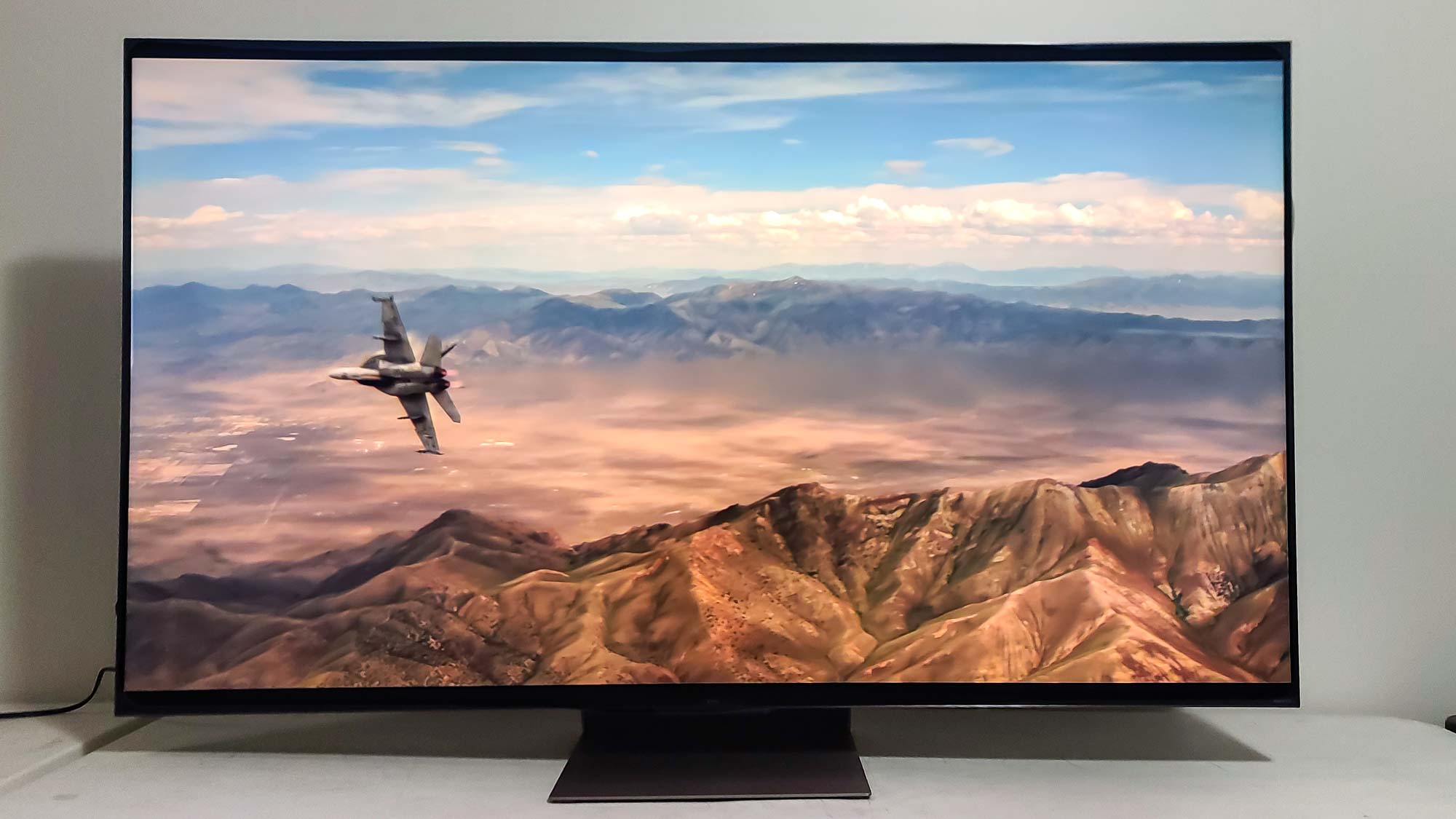
Much of that on-point vibrancy disappears in other modes, however. Sports and Vivid modes (for SDR content) and Bright HDR look unrealistic and oversaturated is hardly news. But Dark HDR and SDR’s Movie mode, which on most TVs you’d expect to provide the strongest overall quality, underperform here, delivering pictures with an unappealing, washed-out cast that blunts the edges of content where every color detail counts. Top Gun: Maverick and Dune lose some of their excitement when it’s almost as if you’re watching them through a gauzy filter.
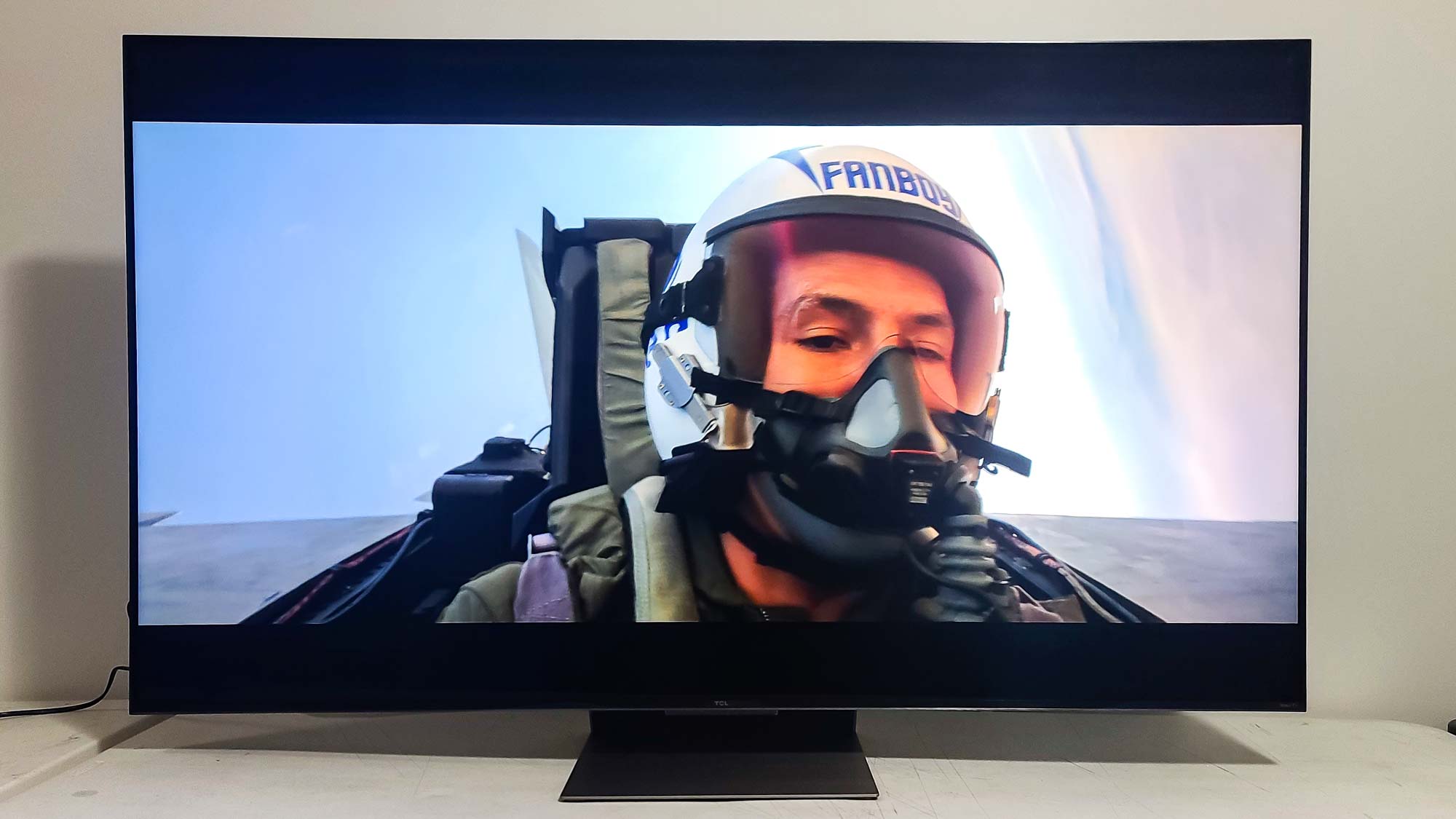
You’ll notice a similar effect on the picture if you stray too far from the center of the screen; as with many backlit TVs, the closer you get to (or the farther you get past) the corners, the flatter and grayer images look. The 65R655’s upscaling is solid, if not sparkling; Mission: Impossible—Fallout in 1080p lacked some fine detail compared with the 4K version, but the differences largely vanished when watched from standard viewing distance.
TCL 6-Series Roku TV (65R655) review: Audio
It is a truth universally acknowledged that audiophiles in possession of a good TV must be in want of a soundbar. Top-tier TVs like the Sony Bravia XR A80J and the LG C2 OLED can squeeze by, but it’s tougher for anything lower down on the price scale—including the 65R655.
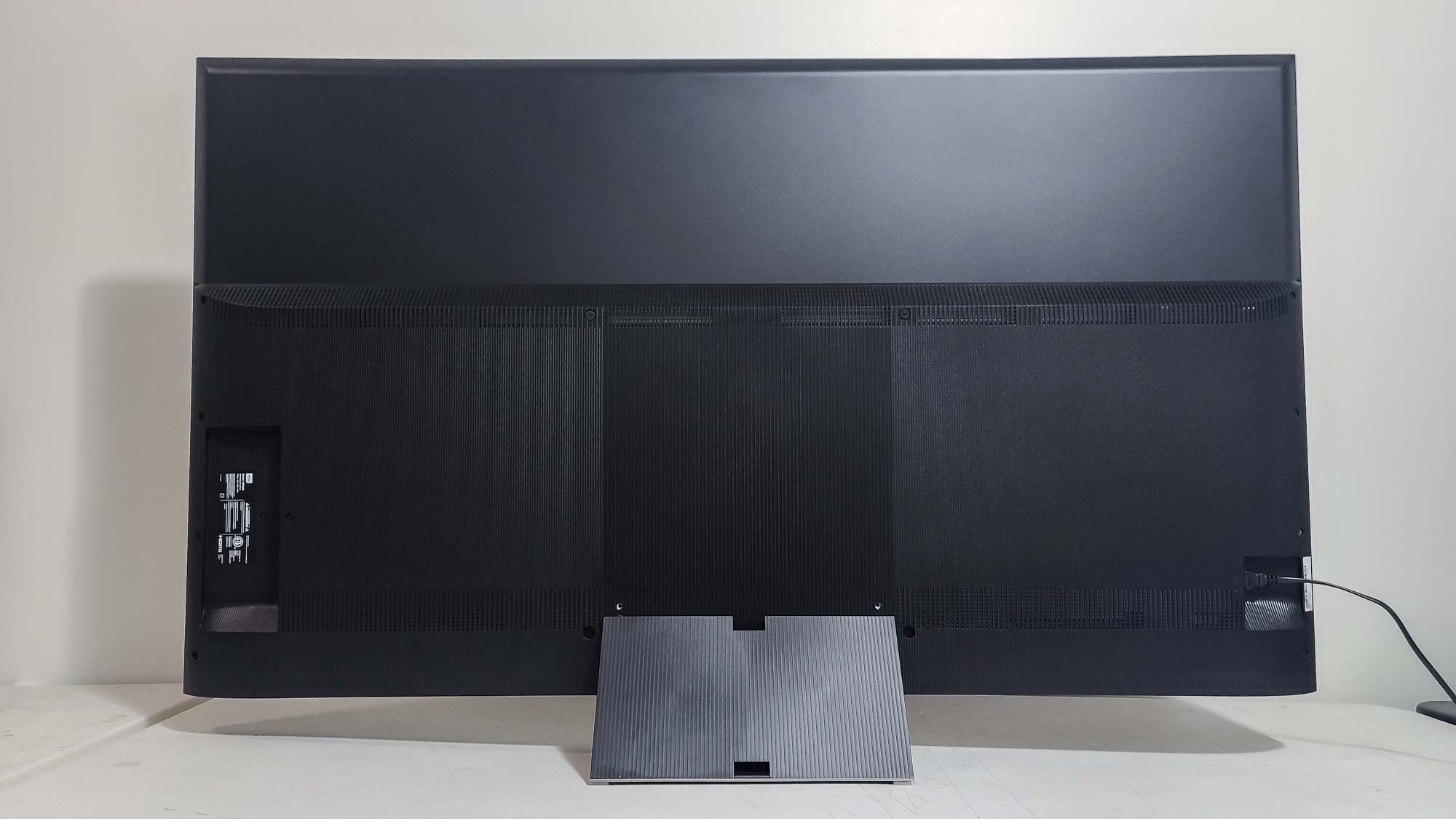
If you’re not too picky, and if you stick mostly around lower volume levels, the set’s sound is accessible, even in the standard default Normal mode. But I found the Theater mode—ostensibly optimized for cinemalike sound—muddy, particularly in Top Gun: Maverick, where the dramatic soundtrack, pulse-pounding jet sound effects, and dialogue overlap more often than not, with an effect more jumbled than appropriately layered. Turn up the volume too much, and you won’t even get that; I routinely had noticeable problems at and above 50.
That’s true even just of straight music, too, where the slight distortions are more noticeable. There wasn’t much discernible clipping in above-the-staff soprano singing, but a slightly staticky undertone crept in that prevented tracks from being crystal clear. And though The Knife’s “Silent Shout” played well enough, there was the typical TV-imposed lack of thumping bass presence that even the “Big bass” sound mode couldn’t remedy.
TCL 6-Series Roku TV (65R655) review: Gaming
The 65R655 is equipped with many of the gaming features that are finding their way into newer TVs. Auto Game Mode is TCL’s version of Auto Low Latency Mode (ALLM), which activates as soon as you fire up a game; the set’s Gaming mode is preconfigured for lower latency and smoother on-screen action than you might see in other modes. As mentioned above, VRR is available up to 144Hz on two of the HDMI ports, so the display is always in sync with the game. Speaking of which, there’s also support for AMD FreeSync Premium Pro to reduce screen tearing even when playing HDR-enabled titles. Our Xbox Series X console further confirmed the 65R655 supports the full range of technologies the console uses, so it should be able to handle just about anything.
We also measured the set’s input lag using a Leo Bodnar 4K Video Signal Lag Tester connected to one of the 4K144Hz HDMI ports. It measured lag at 10.1ms; we consider anything below 20ms good for gaming and anything at or below 10ms to be exceptional, so this marks the 65R655 as one of the best gaming TVs out there. (That result is also well below both the 13.2 of the Vizio M50QXM and the 18.1 of the TCL 55R635, though higher-end sets do deliver even lower times.)
Assassin’s Creed Valhalla played well on the 65R655, with Eivor moving fleetly and fluidly across the gleaming wintry landscapes; running and combat were both clean and crisp. As with the other picture modes, the color in Gaming mode got a slight tweak, in this case a bit more toward rose. But this was not overly distracting, and it actually set off many of the characters’ faces well against what can sometimes seem a limited-palette backdrop.
TCL 6-Series Roku TV (65R655) review: Smart features
Although it may not be as powerful, extensible, or attractive as other smart interfaces on the market, Roku TV wins points for simplicity. The home screen is divided into two zones: The left third is devoted to a scrolling menu that provides you a number of options for either surfacing or searching for content or configuring the TV itself, and the right two-thirds expands on your choice to provide additional interaction possibilities.
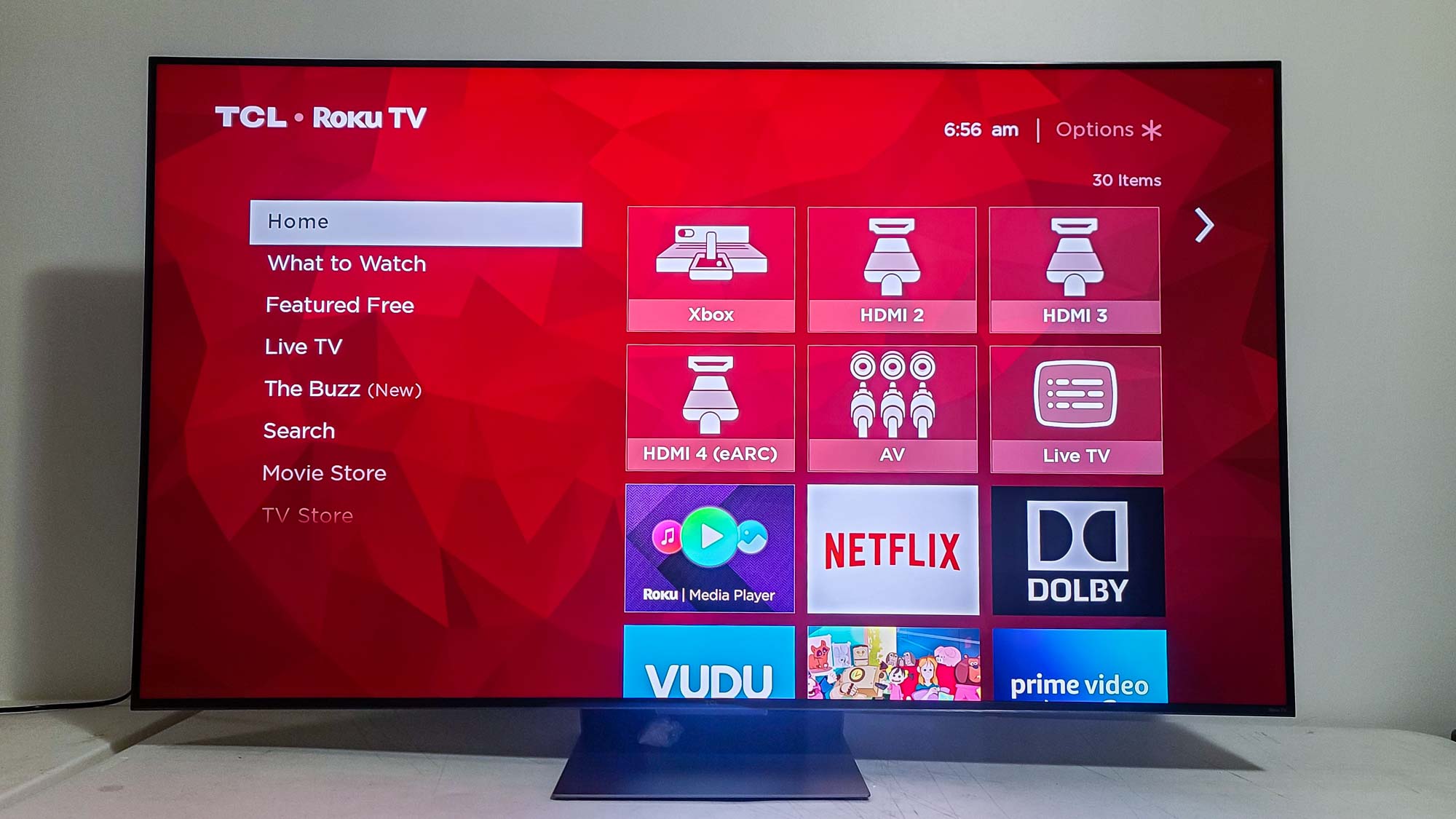
The standard Home menu is surprisingly useful just on its own, offering easy access to the HDMI and AV ports, live TV, the sleep timer (which you can set for anywhere from 30 minutes to three hours), and all your “channels”—mostly the streaming services you select, but also some proprietary offerings such as the Roku Media Player, the Roku Channel (an underwhelming content aggregator), the TCL Channel (ditto), Kids and Family, Tips & Tricks, and the Getting Started tutorial. If you live off of the streaming services, you may never need to access any of the TV’s other choices.
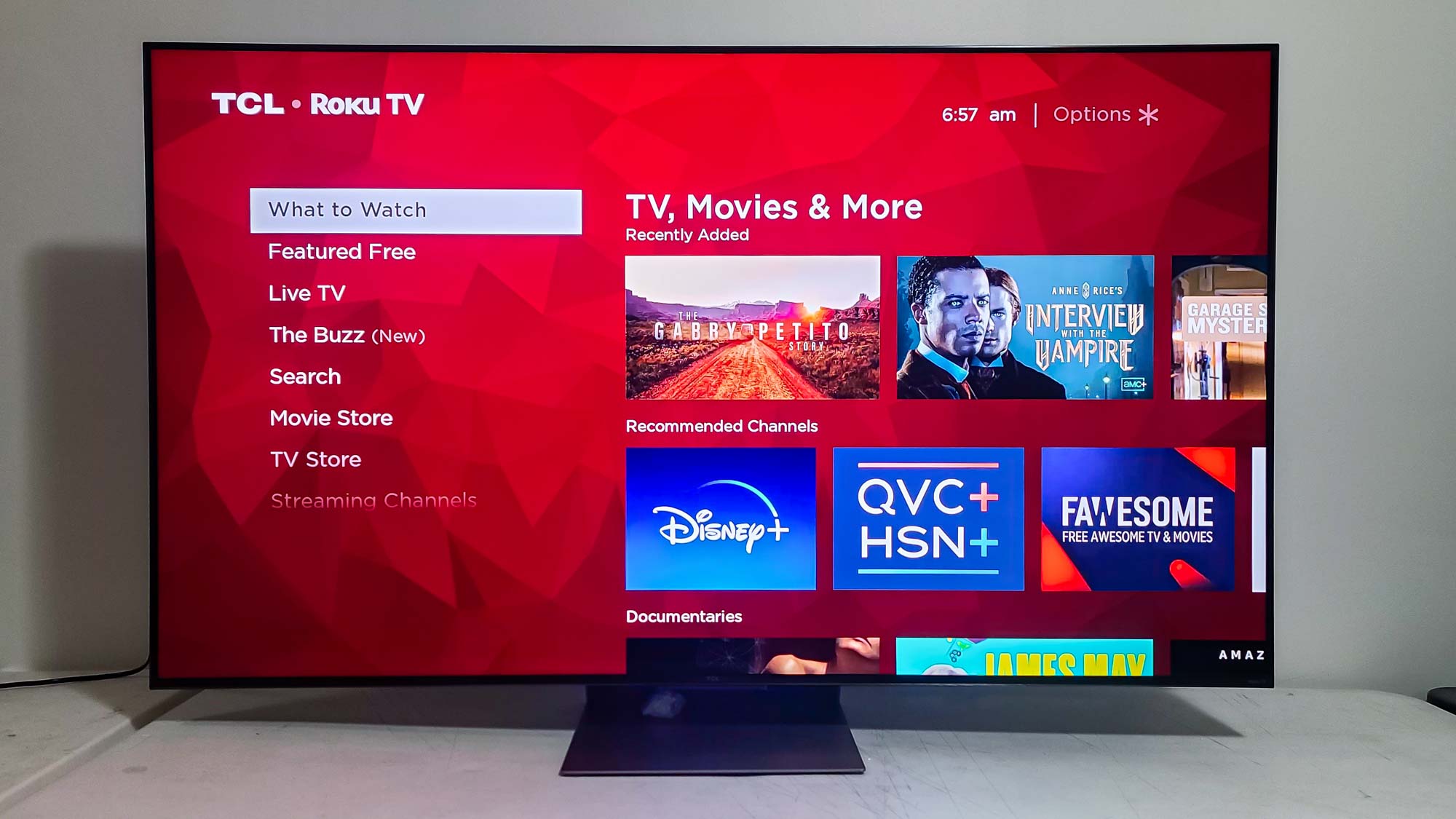
Still, for the sake of completeness, they are: What to Watch (which categorizes shows by genre, recommends channels, and informs you of recent additions), Featured Free (for stuff you don’t want to pay for), Live TV, The Buzz (a streaming magazine uncomfortably similar to the kind of overcaffeinated shorts you see before previews at the movie theater), the TV and Movie Stores (which, as of this writing, are moving over to Vudu), and a catalog of streaming channels. Search is self-explanatory, but it also lets you populate My Feed, which provides you with a constant spigot of updates about whatever you’re interested in.
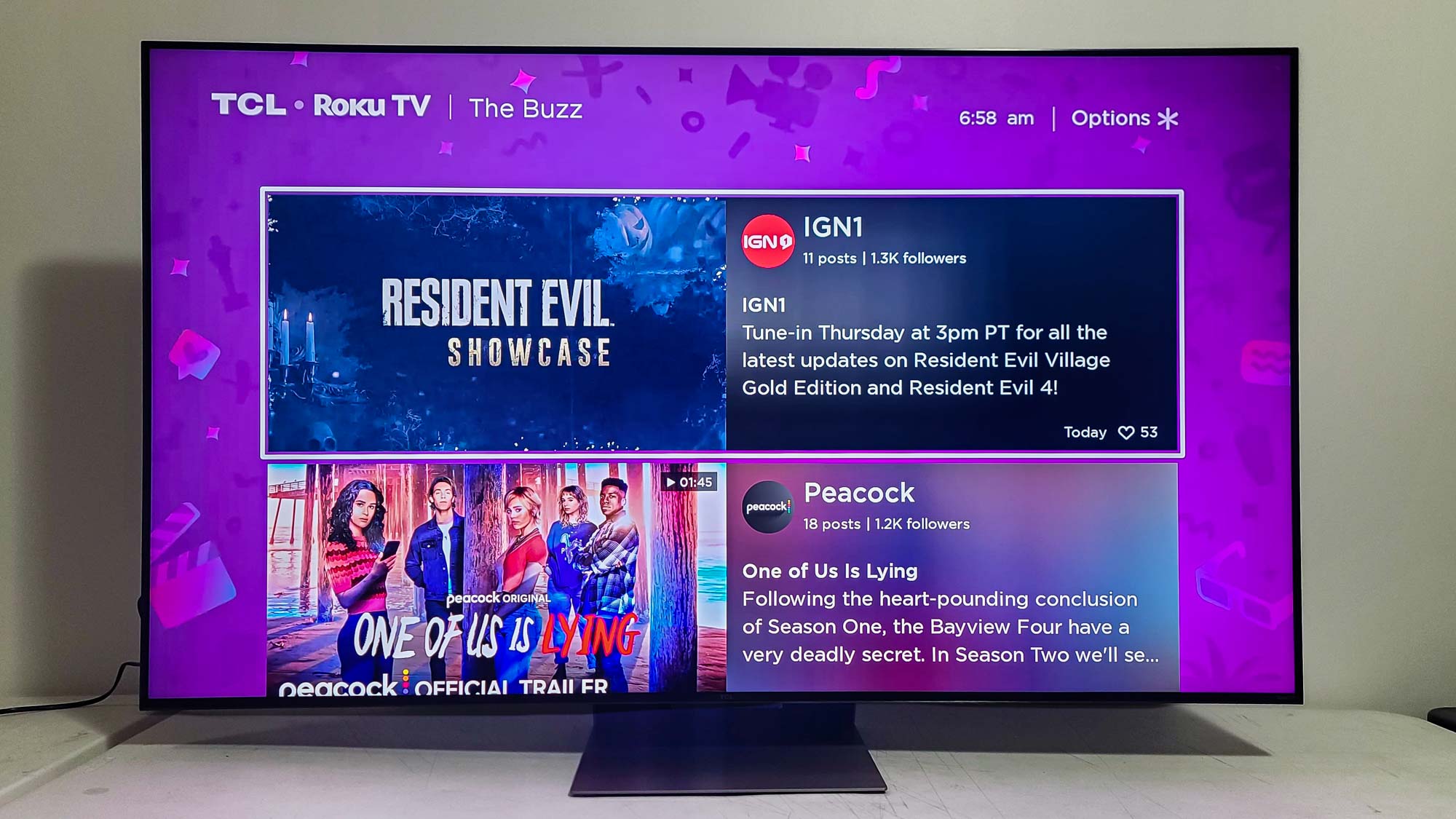
The slick, feature-packed Google TV, which is intimately connected with Android, is an all-around richer interface that gives you more control over every aspect of the TV-watching experience; TCL offers this as an option for other TVs in the 6-Series line. But if all you care about is watching some things quickly and you don’t need that deeper interoperability, Roku TV is a comfortable and satisfying way to go.
TCL 6-Series Roku TV (65R655) review: Remote
As it has been for years, the Roku remote is straightforward in its clarity and spare, uncluttered design. For that reason, it’s an ideal partner for the Roku TV interface: It’s a cinch to perform the basic functions you’ll need most, and not much else matters.
The black, tabletlike remote is most distinguished by the purple directional control at its center. It’s surrounded above by the Power, Back, and Home buttons, and below by buttons letting you run an instant replay, start voice control, manipulate options, or navigate media (with Play/Pause, Rewind, and Fast Forward). Below those controls are four buttons dedicated to streaming services: Netflix, Disney+, Apple TV+, and Hulu. Volume controls, including Mute, are on the right edge.
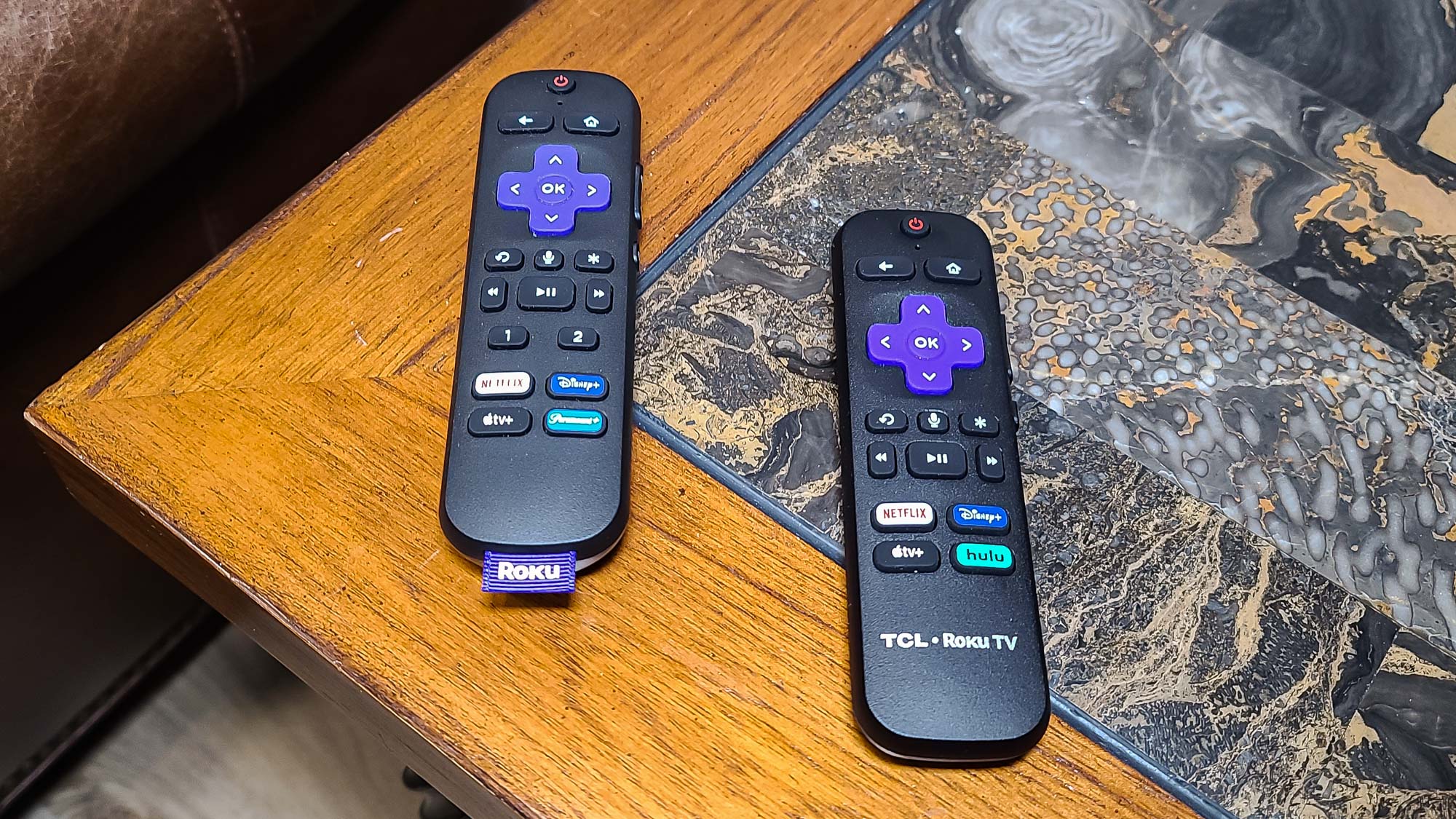
Want additional options? You have them. The free Roku app can turn your phone into a remote control, so you don’t ever have to worry about losing the real one, and it can control multiple Roku devices and let you browse available videos just as conveniently as the on-screen interface. Spending $30 more on the Roku Voice Remote Pro, which looks almost identical to the standard remote (though it’s a little thicker), adds hands-free controls, programmable personal shortcut buttons, a “lost remote finder,” a headphone jack for private listening, and a battery that’s rechargeable using the included cable. The only other difference: It swaps out the Hulu button for a Paramount+ one.
TCL 6-Series Roku TV (65R655) review: Verdict
Although, as with most tech products, lower-priced TVs don’t give you all the dazzling bells and whistles you may get with pricier models, they are getting better all the time, and the TCL 6-Series Roku TV 65R655 is proof. If you’re a gamer, or if you can’t bear to give up bright and dark details when watching movies or TV shows, you’ll find a lot to love about it. Its sound and color performance aren’t on that level, but they can’t stop this set from punching well above its weight where it counts.
The lower end of the market has received loving attention lately from the likes of Vizio, and its sets remain imposing contenders. You’ll need to give serious thought to what you value most from a TV, and whether it’s worth the extra money; this calculus applies, too, to the likes of Google TV, which increases the price but brings a modern flair to on-screen interfaces that Roku TV can’t match.
But if maximizing your TV-buying dollar is your goal, Roku TV is a small price to pay for a TV that’s as packed—and as low-priced—as the TCL 65R655.
For all the latest Technology News Click Here
For the latest news and updates, follow us on Google News.
